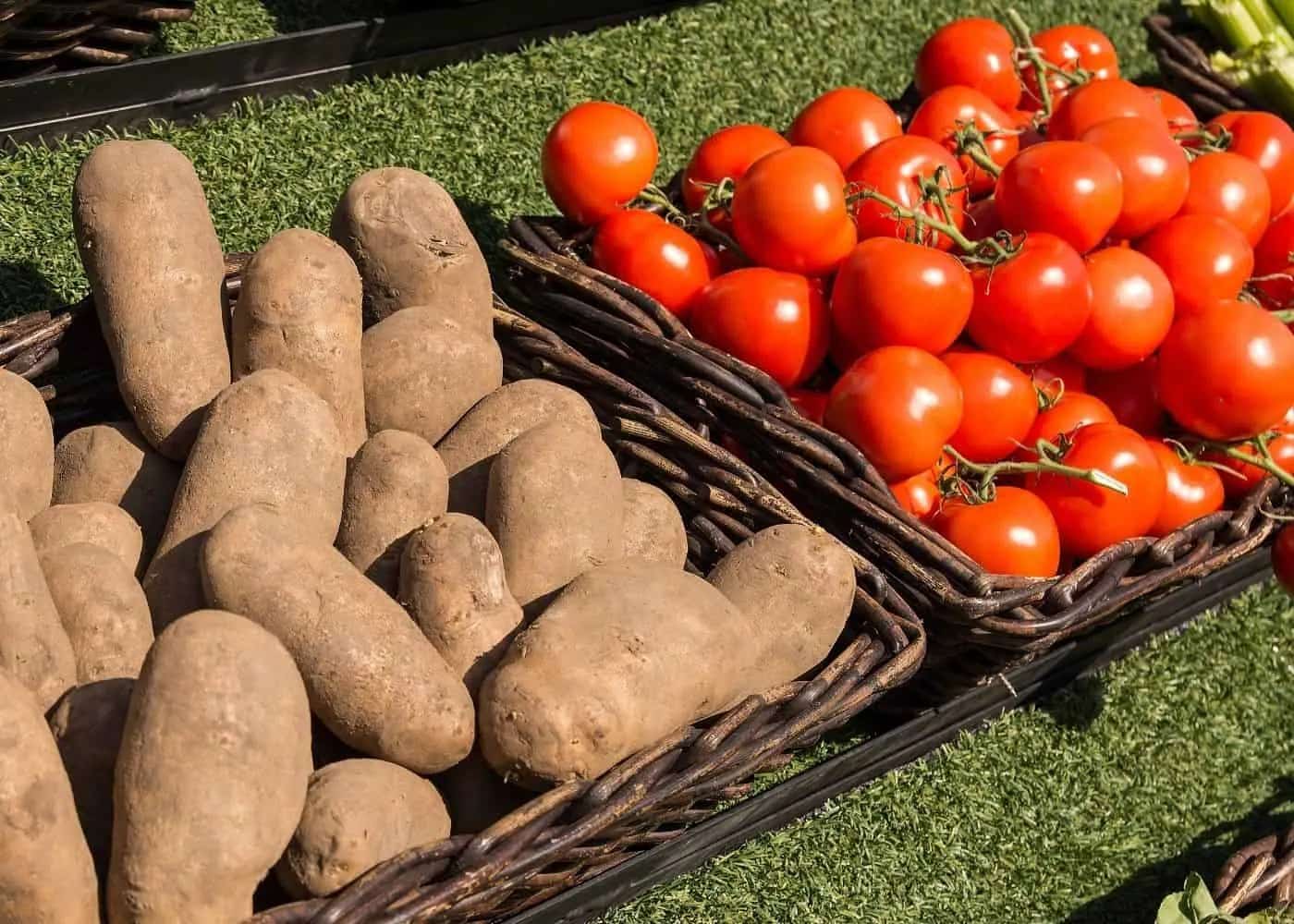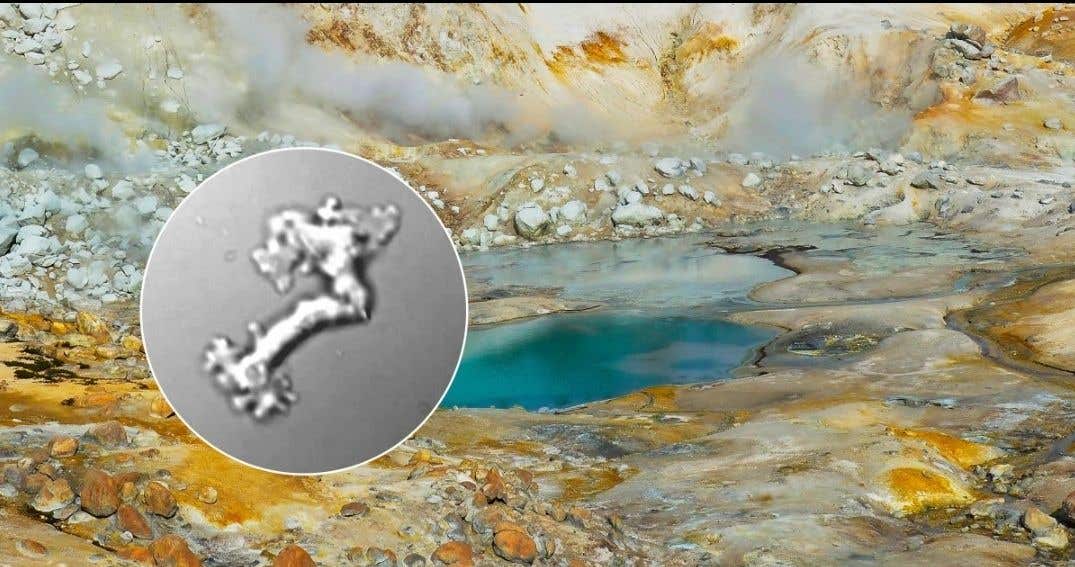How ancient tomato genes created the potatoes we eat today
Scientists reveal that your favorite potato dishes owe their existence to an ancient hybridization between tomatoes and potato-like plants.

Potatoes originated about nine million years ago from a hybrid event between tomatoes and Etuberosum plants. (CREDIT: CC BY-SA 4.0)
Potatoes might be one of your favorite foods, whether baked, fried, or mashed. But have you ever wondered where they came from? Scientists have finally uncovered a surprising family secret about potatoes, and it involves an unlikely relative: tomatoes.
About nine million years ago, in the wild regions of South America, a tomato plant and a potato-like species called Etuberosum interbred. This unusual partnership led directly to the potatoes grown all over the world today.
“We’ve finally solved the mystery of where potatoes came from,” said Sanwen Huang from the Chinese Academy of Agricultural Sciences. His team published their groundbreaking findings in the journal Cell.
Solving the Potato Puzzle
At first glance, modern potatoes closely resemble the Etuberosum species found in Chile. But there’s one crucial difference: Etuberosum plants do not produce tubers, the nutrient-rich underground parts we eat.
Scientists were puzzled by this difference. To get answers, researchers studied the DNA from hundreds of potato plants. Their extensive study included 450 genomes from cultivated potatoes and 56 from wild species. According to Zhiyang Zhang, also from the Chinese Academy of Agricultural Sciences, gathering such a wide range of wild potatoes was challenging.
“Wild potatoes are very difficult to sample,” Zhang explained, noting this was the largest and most detailed genetic study of its kind.
Related Stories
- Major breakthrough could transform the look, size and flavor of tomatoes and other fruits
- Scientists unlock the secrets of how tomatoes talk to each other
- Baked potatoes can boost your heart health, study finds
When researchers analyzed the genomes, they discovered something remarkable. Every potato species tested had a balanced genetic mixture from both tomato plants and Etuberosum. This proved that potatoes originated from a hybrid event between these two distinct plants millions of years ago.
Two Genes, One Potato
But how exactly did the hybridization between tomatoes and Etuberosum create the potato's tubers?
Scientists pinpointed two critical genes that make tuber growth possible. The first, called SP6A, acts like a master control switch telling the plant when it's time to form tubers. Surprisingly, this gene originated from the tomato side of the family tree.
The second important gene, IT1, controls how underground stems grow and swell into tubers. This gene came directly from Etuberosum. Both genes were necessary—without one, potatoes could not develop tubers.
“Our findings show how a hybridization event between species can spark the evolution of new traits, allowing even more species to emerge,” Huang explained.
Timing is Everything
The timing of this hybridization event couldn't have been better. Around the same period, the Andes mountains experienced rapid geological uplift. New environments formed quickly, creating many new ecological niches to fill.
Potatoes, equipped with their new underground tubers, had a unique survival advantage. These tubers allowed plants to store nutrients safely underground, protecting them from harsh mountain weather and extreme conditions.
“Tuber formation gave potatoes a huge advantage in harsh environments,” said Huang. “It fueled an explosion of new species and contributed to the rich diversity of potatoes we see and rely on today.”
Additionally, tubers allowed potatoes to reproduce without relying on seeds or pollination. New plants could sprout easily from buds on the tuber itself, speeding up their spread across diverse habitats.
Potatoes Take Over the Americas
With their underground food storage system, potato plants rapidly expanded their range throughout Central and South America. Potatoes quickly adapted to diverse environments—from mild grasslands to high-altitude, freezing alpine meadows.
As potato plants spread, they diversified dramatically. Today, scientists have identified more than 100 different wild potato species in the Petota group. All these species share the unique tuber trait inherited from their hybrid tomato-Etuberosum ancestors.
This diversification is known as adaptive radiation. Simply put, a single innovation—like the potato’s tuber—enabled plants to occupy new niches, leading to rapid species evolution. The potato became an evolutionary success story, dominating many different ecological zones.
Why It Matters Today
Understanding the potato's evolutionary origin isn’t just academic curiosity. Potatoes rank as the world's third most important staple crop, behind only wheat and rice. Together, these staple crops provide about 80% of the calories humans consume worldwide.
Knowing precisely how potatoes evolved helps scientists protect and improve this critical crop. Insights into potato genetics could lead to better disease resistance, higher yields, and improved nutrition.
Researchers also emphasize that this discovery shows the incredible power of hybridization—two different species mixing genes to produce something entirely new. Such events can lead to remarkable innovations that shape ecosystems, agriculture, and even human civilization.
Tomatoes and Potatoes: A Linguistic Connection
The relationship between tomatoes and potatoes isn’t just genetic—it’s linguistic, too. According to Merriam-Webster, the English word "tomato" originally came from the Nahuatl language, becoming "tomate" in Spanish. Later, English speakers modified "tomate" to "tomato," copying the pattern set by "potato." Thus, even language hints at their surprising genetic connection.
Next time you bite into crispy fries or enjoy creamy mashed potatoes, remember their unusual origin story. Potatoes didn’t just appear; they emerged from a chance encounter between a tomato and an obscure potato-like plant millions of years ago. This ancient hybridization reshaped ecosystems, agriculture, and your dinner plate today.
Huang summed up the discovery’s significance: “We’ve revealed how one event millions of years ago still affects what we eat today. It shows the hidden power and importance of evolutionary history.”
Note: The article above provided above by The Brighter Side of News.
Like these kind of feel good stories? Get The Brighter Side of News' newsletter.



